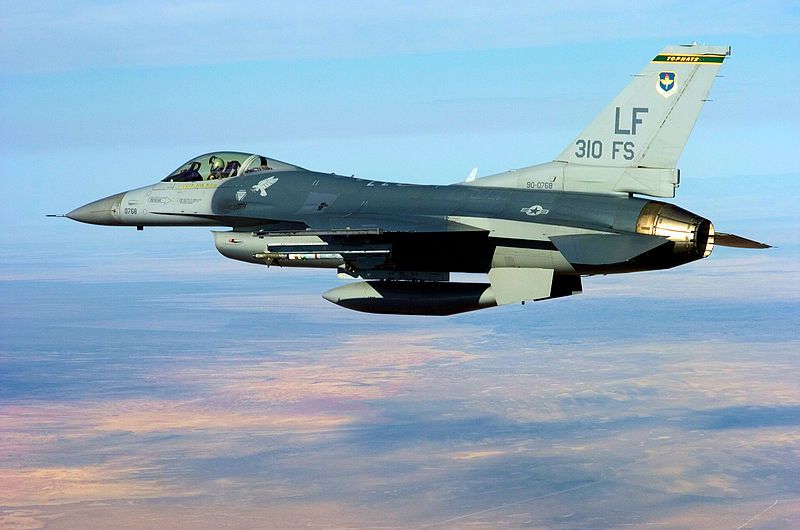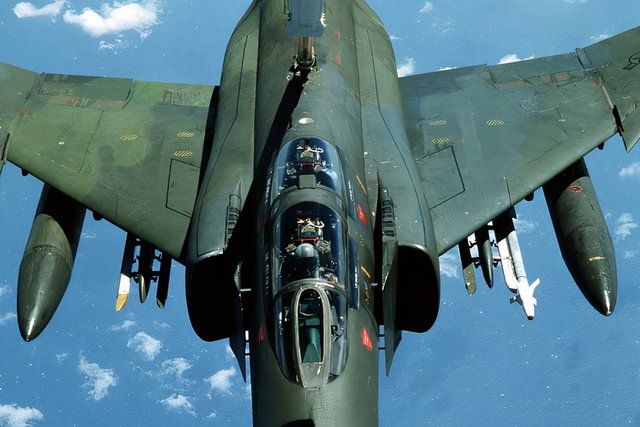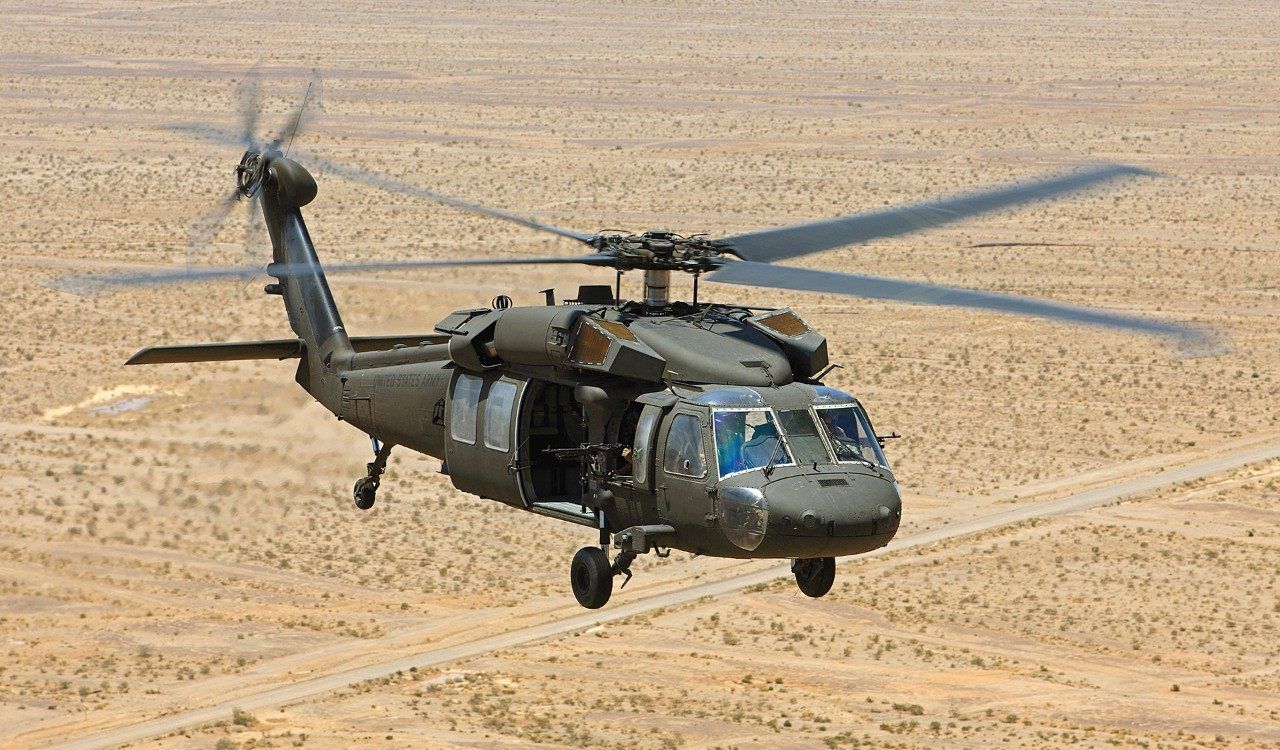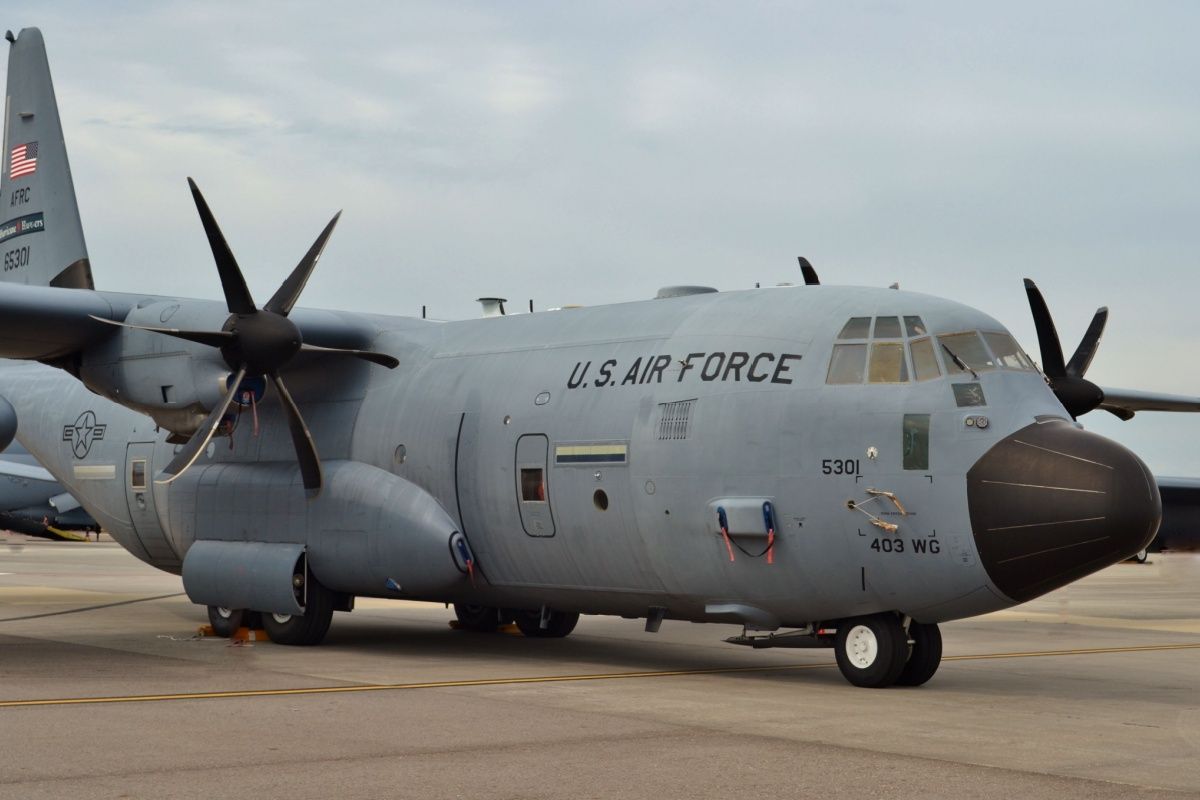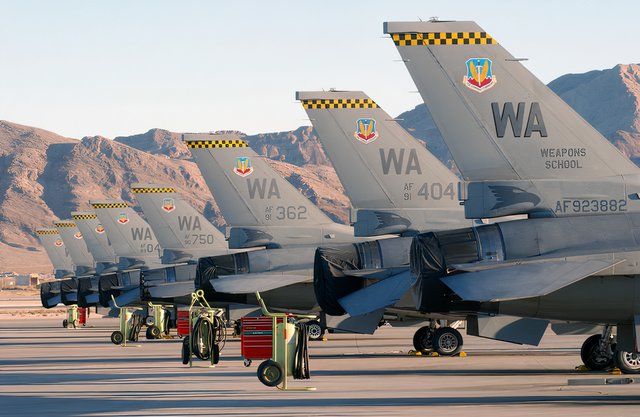The United States military has a rich history of developing aircraft that are not only versatile but also adaptable to a wide range of roles and missions. Certain aircraft have stood out for their ability to evolve over time, producing numerous variants that cater to the specific needs of different branches and missions. In this article, we will explore the top 5 US military aircraft with the most variants.
5
F-15 Eagle
Number of variants: 6
The McDonnell Douglas F-15 Eagle is one of the most renowned air superiority fighters in the world, designed to maintain dominance in the skies. Since its introduction, the twin-engine, all-weather aircraft has been modified into several variants that serve various roles, ranging from air superiority to multirole missions.
Key specifications:
- Year introduced: 1976
- Role: Air superiority, multirole fighter
- Range: 3,000 nautical miles (3,500 miles / 5,600 km)
- Speed: Mach 2.5 (1,650 mph / 2,655 km/h)
The F-15 has six basic variants, as well as two proposed variants (that never made it to production), including the F-15N Sea Eagle. According to TACAIRNET, this was a naval version of the original F-15. However, the US Navy rejected the design when it was found that, upon assessment, the Sea Eagle blueprint did not fully meet its requirements.
More successful variants are such as the single-seat F-15C and two-seat F-15D, which were followed by the F-15E Strike Eagle, a powerful multirole fighter with both air-to-air and air-to-ground capabilities. The Strike Eagle derivative has four variants.
4
F-4 Phantom II
Number of variants: 13
The McDonnell Douglas F-4 Phantom II was initially designed as a carrier-based interceptor but quickly became one of the most versatile and widely produced fighters of its era. The Phantom was adopted by both the US Marine Corps and the Air Force, with various branches developing specialized versions for different missions, including for air superiority, ground attack, and reconnaissance.
Key specifications:
- Year introduced: 1960
- Role: Multirole fighter, ground attack, reconnaissance
- Range: 1,457 nautical miles (1,677 miles / 2,699 km)
- Speed: Mach 2.23 (1,472 mph / 2,370 km/h)
13 major variants were developed, primarily for the US military, including the F-4G Wild Weasel. According to the National Museum of the United States Air Force, this variant was modified with the cannon replaced by AN/APR-47 electronic warfare equipment.
Photo: SSGT Schading | The U.S. National Archives
In addition to the 13 variants, six others were developed for international air forces, such as the F-4E for Japan and the F-4J Phantom F.3 for the UK’s Royal Air Force.
3
UH-60 Black Hawk
Number of variants: Over 26
The Sikorsky UH-60 Black Hawk helicopter has become synonymous with air mobility, medical evacuation, and special operations missions. Since its first flight in 1974, the Black Hawk has developed into a highly versatile platform with numerous specialized variants.
Photo: Lockheed Martin
Key specifications:
- Year introduced: 1979
- Role: Utility helicopter, combat search and rescue, special operations
- Range: 362 miles (583 km)
- Speed: 183 mph (295 km/h)
The Black Hawk comes in six main utility variants and around 20 special variants – one of which was a specially modified MH-60 used in the raid on Osama bin Laden’s compound, per the National Journal.
Other variants include the MH-60, which is used for special operations. There is also the HH-60, which is optimized for combat search and rescue, while the SH-60 Seahawk is a naval version designed for anti-submarine warfare and shipboard operations.
2
C-130 Hercules
Number of variants: More than 30
The Lockheed C-130 Hercules is perhaps the most versatile and widely used military transport aircraft in history, with over 30 variants designed for a wide range of missions. According to the USAF, the four-engine turboprop – capable of operating on unprepared airstrips – was originally designed as a cargo transport aircraft, but has since been adapted for airborne assault, search and rescue, maritime patrol, aerial firefighting, and more.
Key specifications:
- Year introduced: 1956
- Role: Transport, refueling, gunship, special operations
- Range: 3,995 nautical miles (4,597 miles / 7,399 km)
- Speed: 370 mph (590 km/h)
Photo: Michael Fitzsimmons l Shutterstock
From the AC-130 gunship variant, which provides close air support, to the KC-130 refueling variant, and the MC-130 special operations variant, the Hercules has proven adaptable to almost any role. It stands as the backbone of many US military operations and has been serving for nearly 70 years.
1
F-16 Fighting Falcon
Number of variants: Numerous
The General Dynamics F-16 Fighting Falcon is a lightweight, multirole fighter jet that has seen extensive service in the US Air Force and with over 25 allied nations. The F-16 has evolved significantly since its introduction in the late 1970s, leading to a large number of variants tailored to meet different combat requirements.
Photo: TSGT Robert W. Valenca | The US National Archives
Key specifications:
- Year introduced: 1978
- Role: Multirole fighter
- Range: 2,002 miles (3,223 km) with drop tanks
- Speed: 1,500 mph (2,414 km/h) or Mach 2
As the world’s most common fixed-wing aircraft in military service, the F-16’s variants are countless. Early versions include the F-16A/B, followed by the more advanced F-16C/D variants, per F-16.net. Modern updates, such as the Block 70/72 models, incorporate cutting-edge avionics and weapons systems, ensuring the F-16 remains a viable fighter for the foreseeable future.
The diversity of aircraft variants in the US military allows these machines to meet the specific demands of each mission type, whether it’s transporting supplies, conducting special operations, or achieving air superiority. Each aircraft’s ability to evolve over time has kept them relevant for decades, making them indispensable to the military.
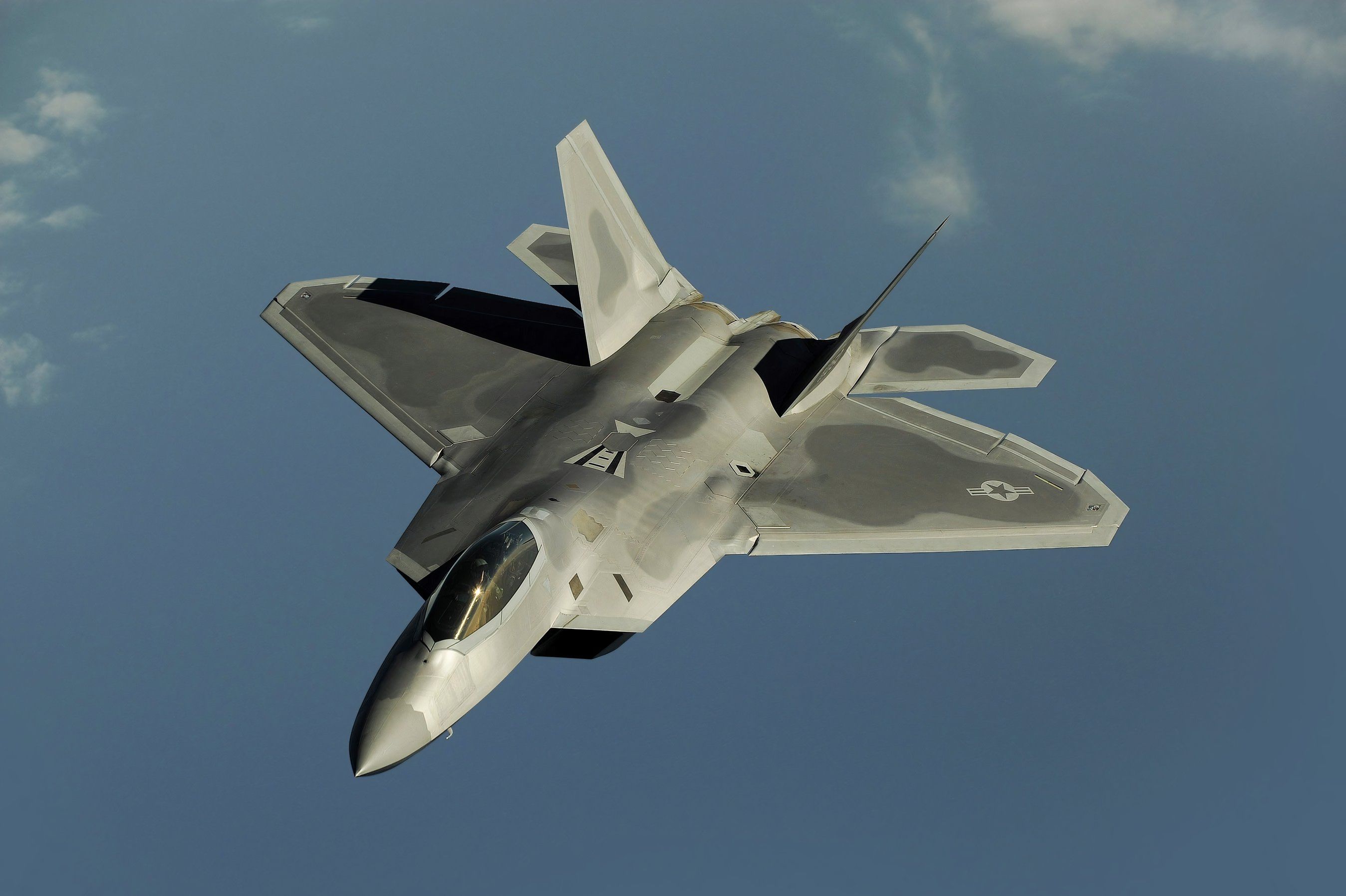

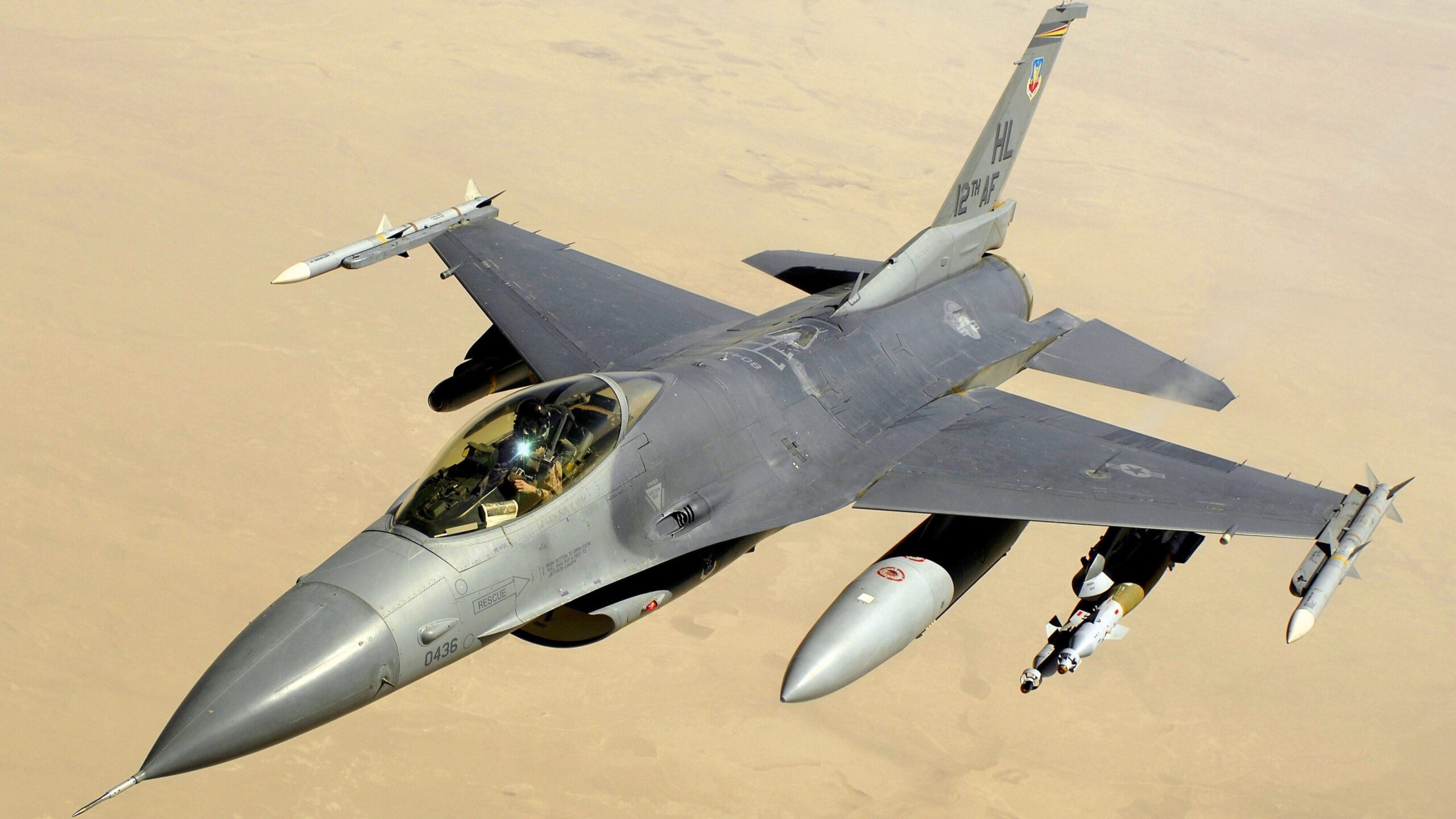
![1848703 - F-15C theater security package arrives in Europe [Image 5 of 17]](https://static1.simpleflyingimages.com/wordpress/wp-content/uploads/2024/09/1848703.jpg)
